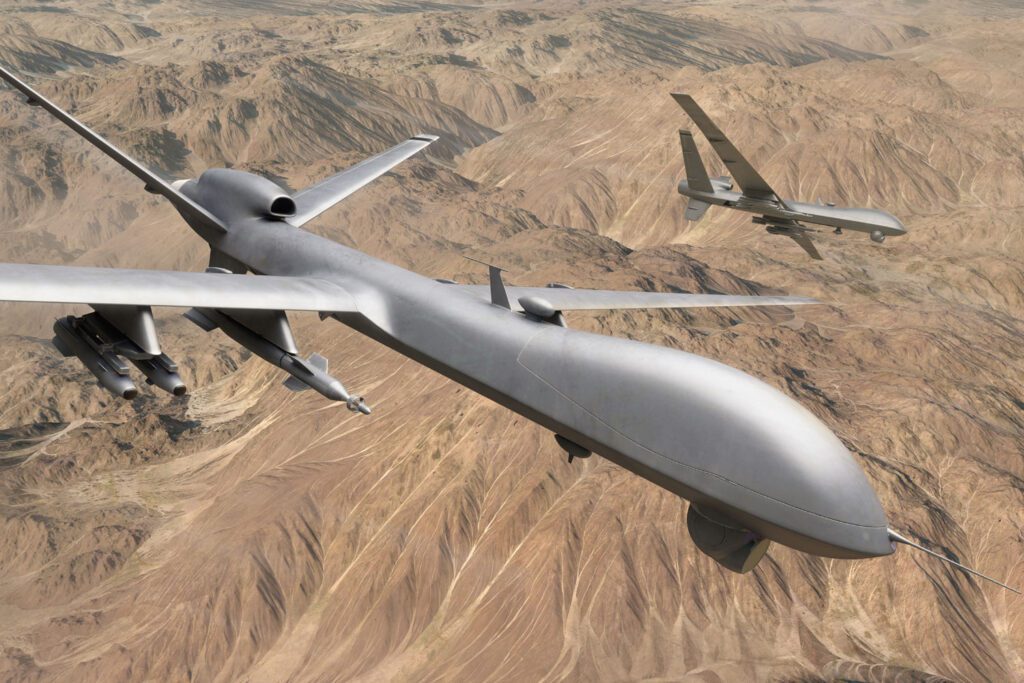China sells 50 armed drones to Pakistan, says it will be a nightmare for India


Beijing has sold 50 armed drones to Pakistan which the Chinese media has termed a nightmare for Indian ground formations in high-altitude areas as India’s military does not have the ability to respond to the new-age stand-off weapons.
The Chinese media said Indian ground formations would be unable to parry an attack by a large number of armed drones. While the Chinese emphasis on the success of Wing Loong II in African and Asian theatre is a matter to be noted, Indian military officials point out that the armed drones perform greatly in uncontested air spaces or where it has air dominance.
The media in China also wrote the the Chinese and Turkish drones have played a crucial role in Syria and Libya and had decimated the enemy defences. The report also said that the Indian ground formations will be simply unable to parry an attack by a large number of armed drones.
A report in the Hindustan Times quoting a former air chief said that whether it is the Line of Actual Control or Line of Control, the airspace is monitored closely by radars. The armed drones will be shot down if they cross the lines, the report also said.
As of now, India does not have any armed drone system.
The navy is acquiring two US Predators on lease for maritime domain awareness for friend or foe identification. And the Israeli weaponisation upgrade of the Heron drone will take time.
India had accepted the necessity for the armed forces to have Close-in weapon systems in 2015 and floated the tender for the system that detects and destroys incoming missiles or enemy aircraft three years later. The Russian S-400 system, which made the cut, is expected to be available next year.
India would however have to acquire weaponised drones and anti-drone systems as the unmanned aerial vehicles can be used to launch air to ground weapons without crossing both the LoC or LAC.
To ensure that the troops are protected from stand-off weapons, the Indian Army is using tunnel defences with huge concrete Hume pipes to provide the defence in case of the first strike on the front-line. But a lucky strike from an enemy drone can unravel the best of defence plans without a properly integrated air defence network in place.



